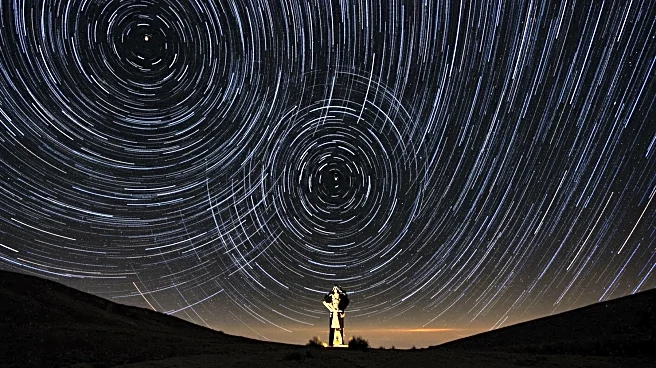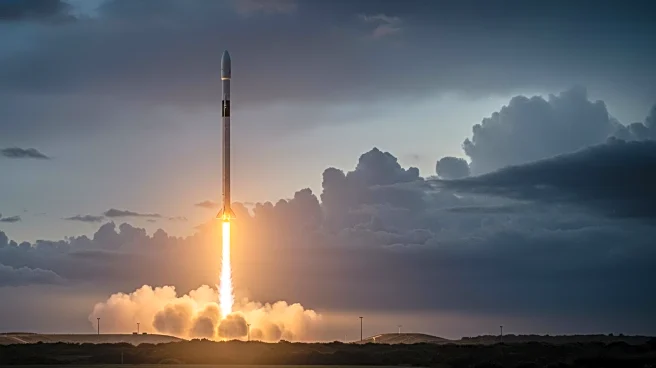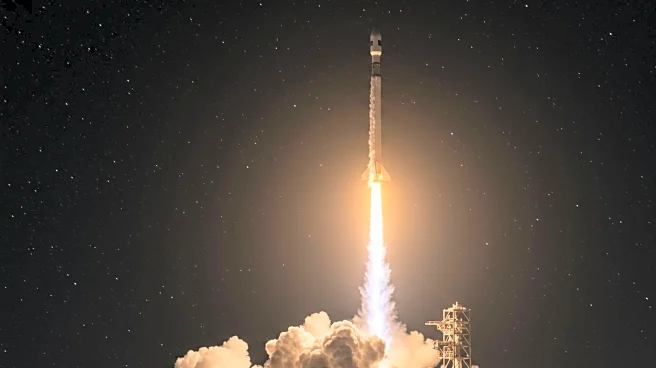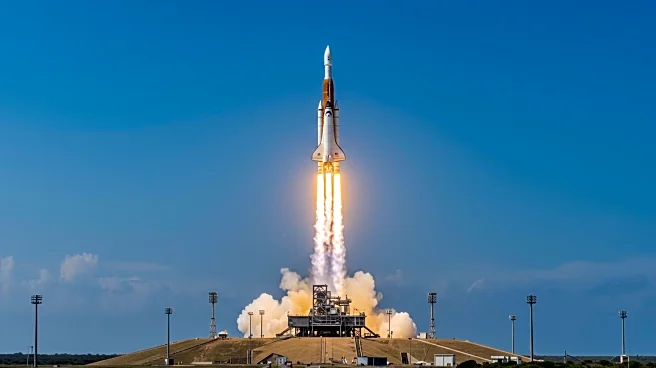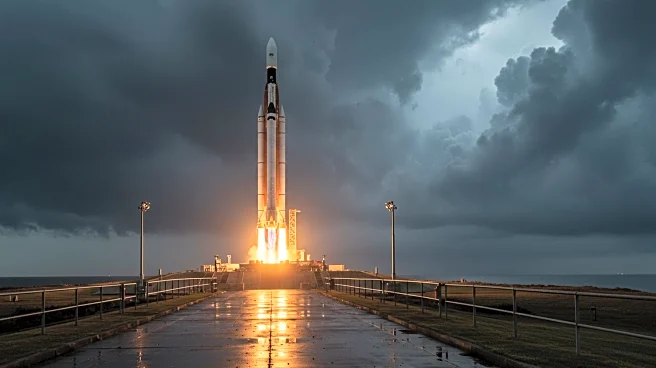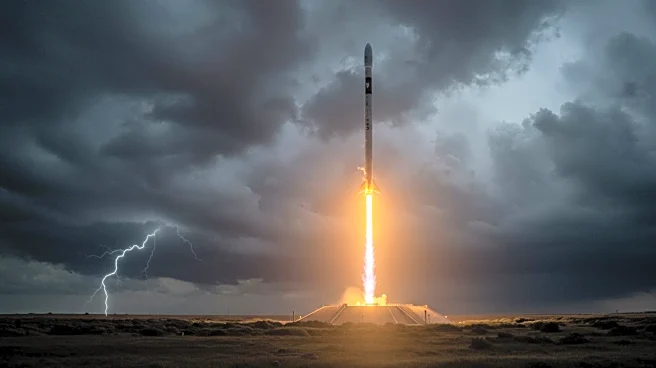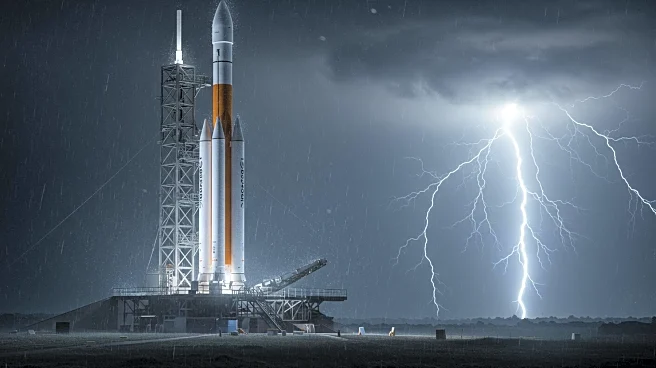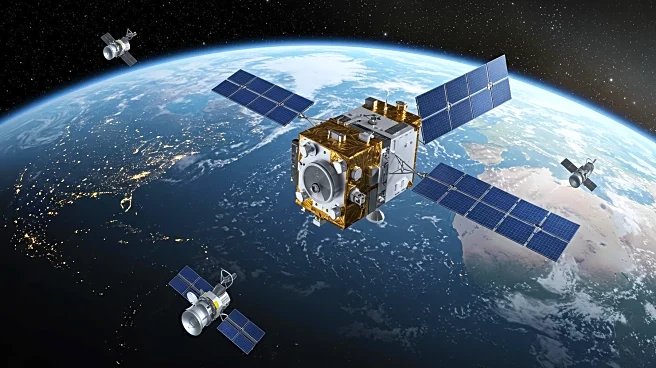Rapid Read • 9 min read
A recent study has revealed that nearly 30% of Starlink satellites emit unintended electromagnetic radiation (UEMR) within the SKA-Low frequency band, posing a significant threat to radio astronomy. The Square Kilometer Array Observatory (SKAO), the world's largest radio observatory, is particularly concerned about the impact of these emissions on its scientific goals. The study, conducted using the Engineering Development Array 2 (EDA2) in Western Australia, detected 1806 unique Starlink satellites emitting UEMR, which interferes with frequencies reserved for radio astronomy. This interference could severely affect the SKA-Low's ability to study phenomena like the Epoch of Reionization. The emissions are thought to be caused by the onboard electronics of the satellites, and there is currently no regulation by the International Telecommunications Union (ITU) to manage this type of interference.
AD
The interference from Starlink satellites poses a significant challenge to the field of radio astronomy, potentially hindering critical scientific research conducted by observatories like SKAO. The emissions disrupt protected frequency bands, which are essential for studying cosmic events and phenomena. This situation underscores the need for increased regulation and mitigation efforts to protect radio astronomy from satellite interference. The impact is not limited to scientific research; it also raises concerns about the broader implications for international cooperation in space and the management of satellite emissions. As the number of communication satellites continues to grow, the need for effective policies and agreements to safeguard scientific endeavors becomes increasingly urgent.
Astronomers and organizations are actively working on mitigation strategies to address the interference caused by Starlink satellites. The National Radio Astronomy Observatory (NRAO) in the USA has reached an agreement with SpaceX to temporarily disable satellite downlinks when they interfere with telescope observations. Additionally, international efforts are underway, such as the Centre for the Protection of the Dark and Quiet Sky (CPS), which coordinates observations and develops techniques to minimize satellite interference. These initiatives aim to protect radio astronomy while awaiting policy changes that address the regulation of UEMR emissions.
The issue of satellite interference in radio astronomy highlights broader ethical and regulatory challenges in the management of space technology. As satellite constellations expand, the balance between technological advancement and the preservation of scientific research becomes increasingly complex. The situation calls for international collaboration and policy development to ensure that the benefits of satellite technology do not come at the expense of scientific progress. The long-term implications could include shifts in how space is utilized and governed, emphasizing the need for sustainable practices in satellite deployment.
AD
More Stories You Might Enjoy
